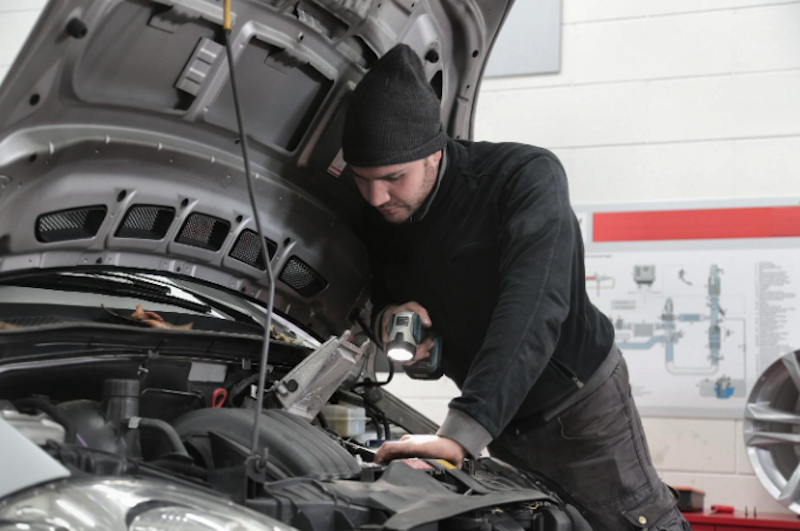
The Most Typical Flaws in Used Cars
Used cars are a viable purchase option when you have a limited budget. You can get a lot of value if you research diligently and inspect the vehicle thoroughly before buying it. Combine this with used car warranties and you won’t need to worry about excessive repair costs.
You’re prone to getting a car with failing parts without doing your research. Knowing the usual issues in used vehicles will enable you to check for potential problems so you can avoid a bad purchase. Here are the most common flaws in used cars.
1. Faulty Engines
The engine is the heart of a vehicle. It is also one of the parts that experience the most wear and tear, making it more prone to failure. A used car with a faulty engine will cost you more in repairs than what it’s worth.
Test and inspect the engine before buying. If it makes unusual noises, fails to start, or emits excessive heat, it’s better to find another car. An engine in good condition will make your vehicle last longer.
2. Worn-out Brakes
Brakes are essential to you and your car’s safety. Used cars often have worn-out brake pads and may require replacing. This is an easy and affordable fix, which you can do yourself.
Cars that come from areas with stop-and-go traffic are more likely to have problems with the brake system. Aside from the brake pads, there could be issues with the calipers or brake discs. These are more expensive to replace or repair. If the used car you’re eyeing has signs of brake issues, it’s better to have a mechanic inspect it. Your safety is on the line.
3. Body Damage
Throughout a car’s life, it might experience collision or corrosion. Damage to the body of a vehicle is not merely a cosmetic problem. It can cause more serious mechanical and performance issues when not addressed.
Check for visible damages both on the interior and exterior of the car. Don’t forget to check under the car. There might be hidden body damage, which you can see by doing the following:
- Trunk Seals – Spray the exterior of the trunk with water. If the interior gets wet, it’s a good indicator of a previous accident or collision, which caused the seal to misalign.
- Repainting Signs – Check the body for any inconsistent paint jobs. If you find a spot with a rough finish, it’s most likely a sign of repainting. This can indicate minor problems like dents. But it can also be an attempt to repair serious damage.
- Vehicle Identification Number (VIN) – Check if the VIN on the dashboard matches the one on the door. Cars that are involved in major accidents often have their doors replaced. This means non-matching VINs.
A Balance Between Cost and Quality
Buying a used car is the more economical option. But that is only true if the vehicle you purchase has good quality. The dealer or seller should disclose all the faults and potential problems of the car you’re eyeing.
It’s still best to test drive and inspect the vehicle yourself. If you find something suspicious and the seller has not disclosed it, it’s better to find a more reliable source.
